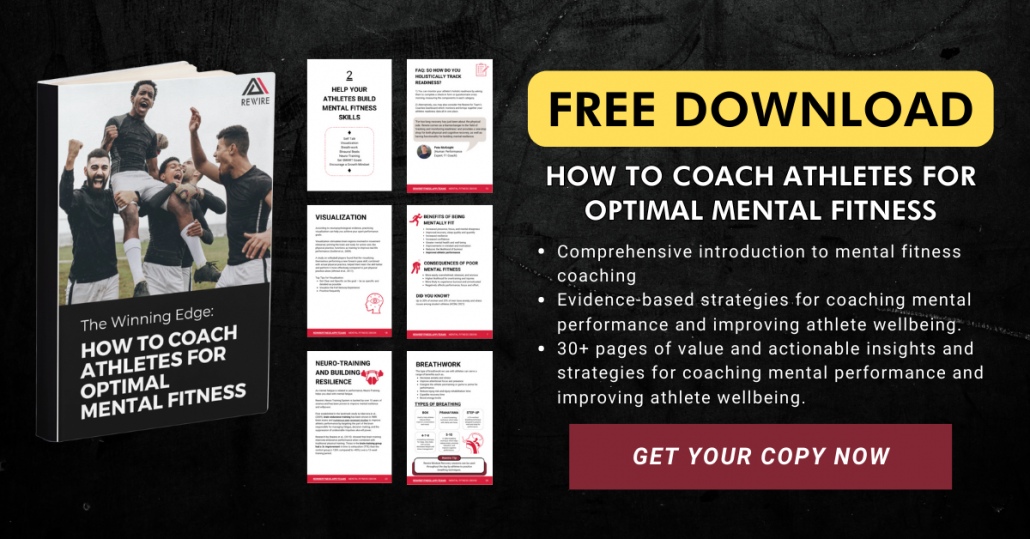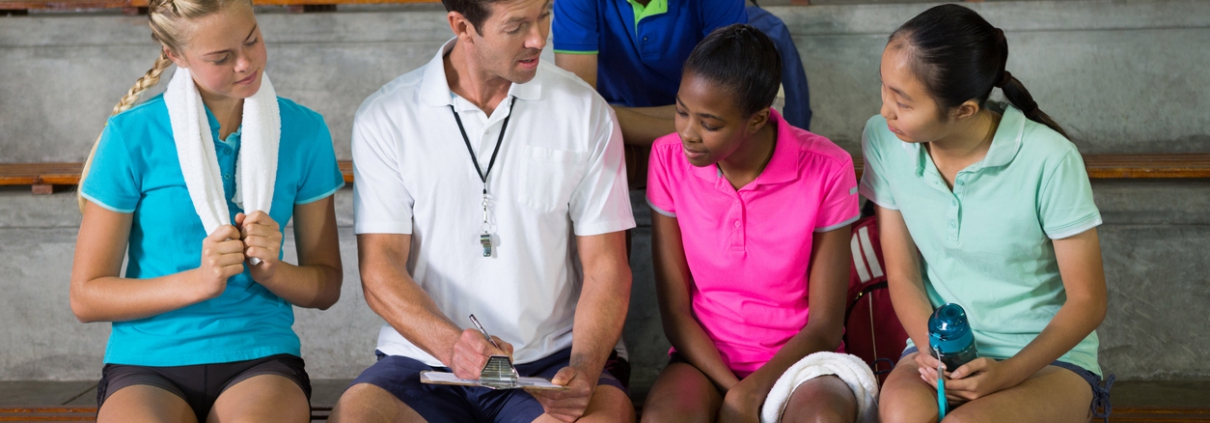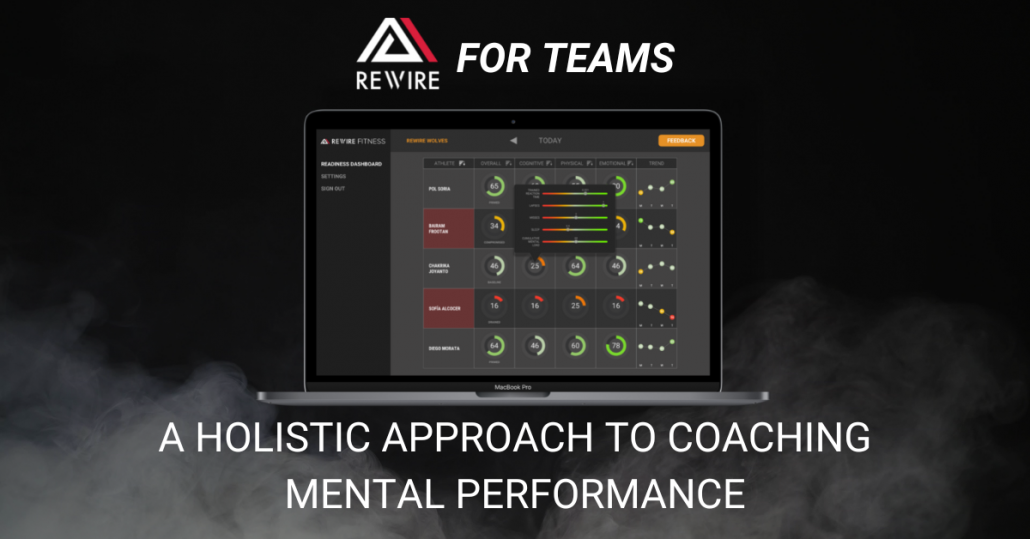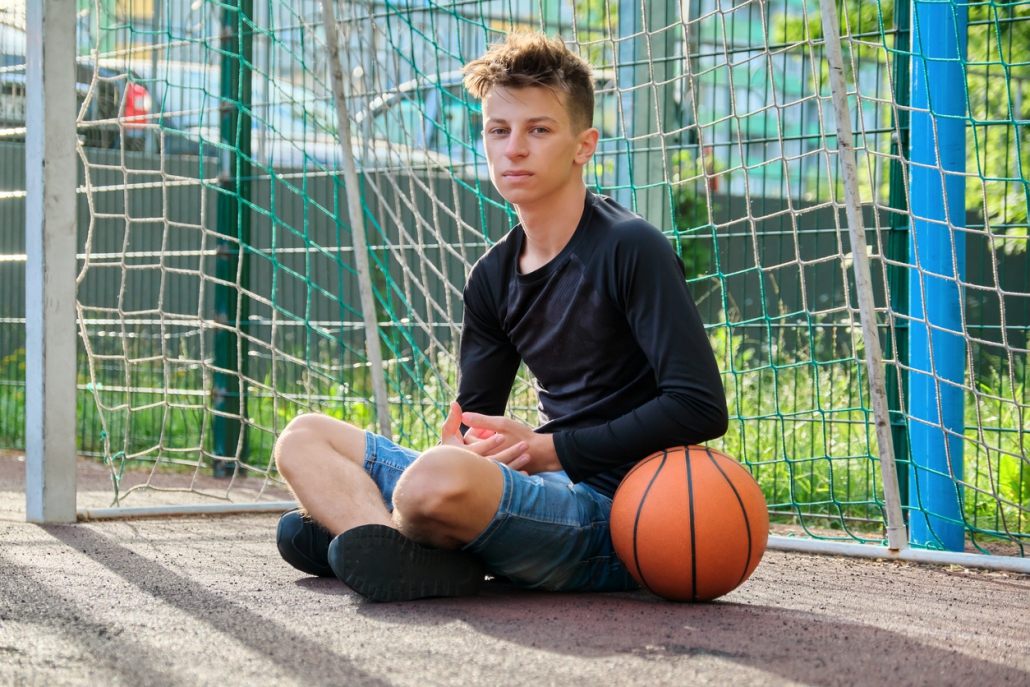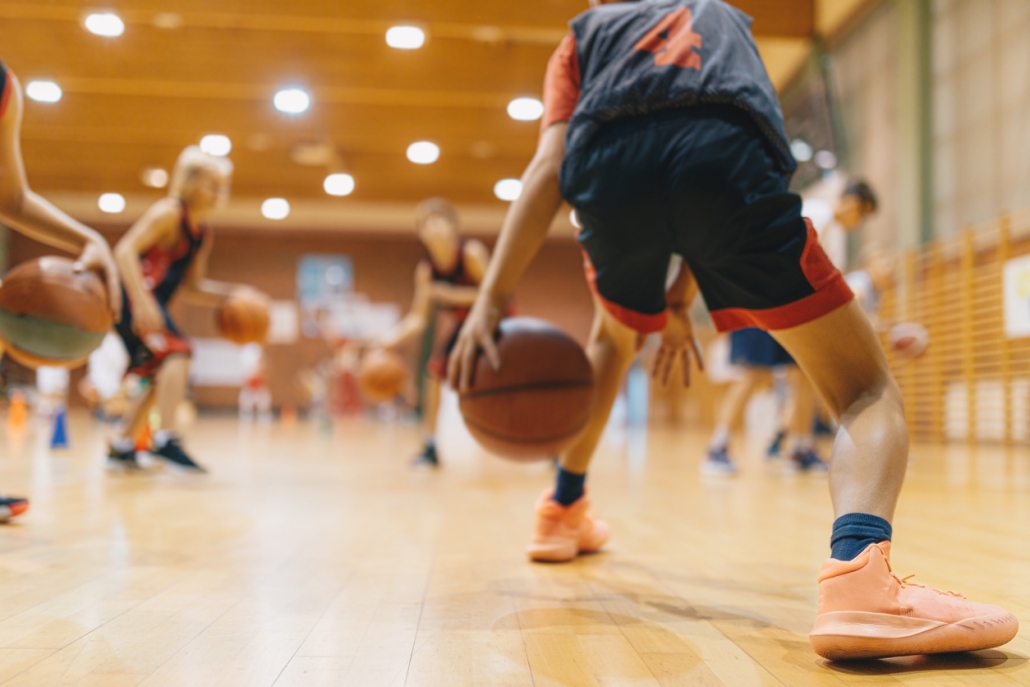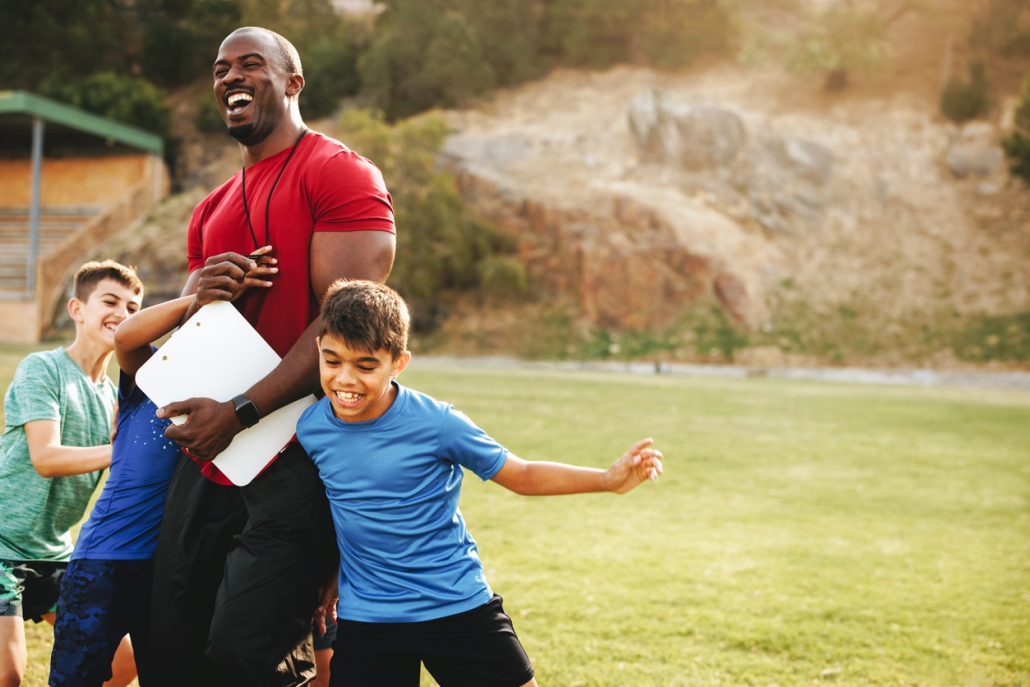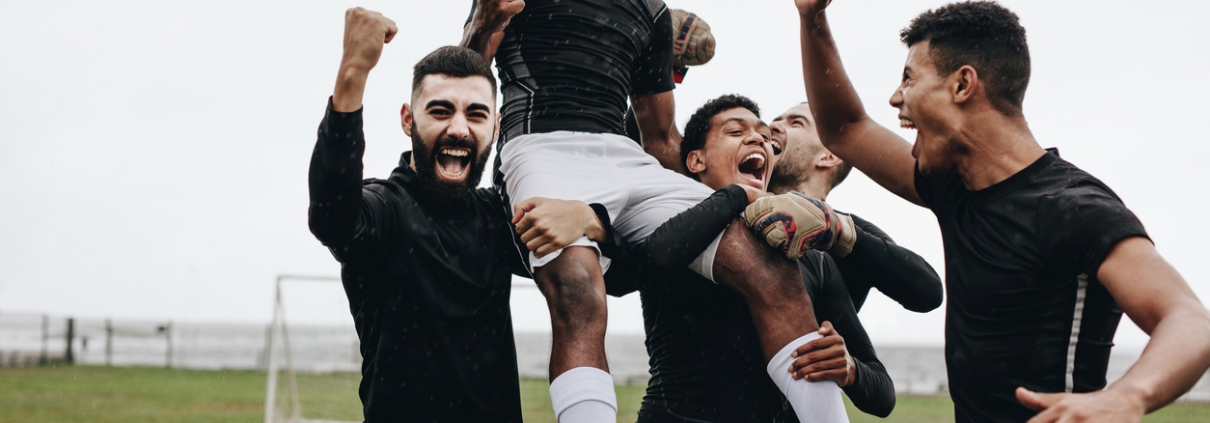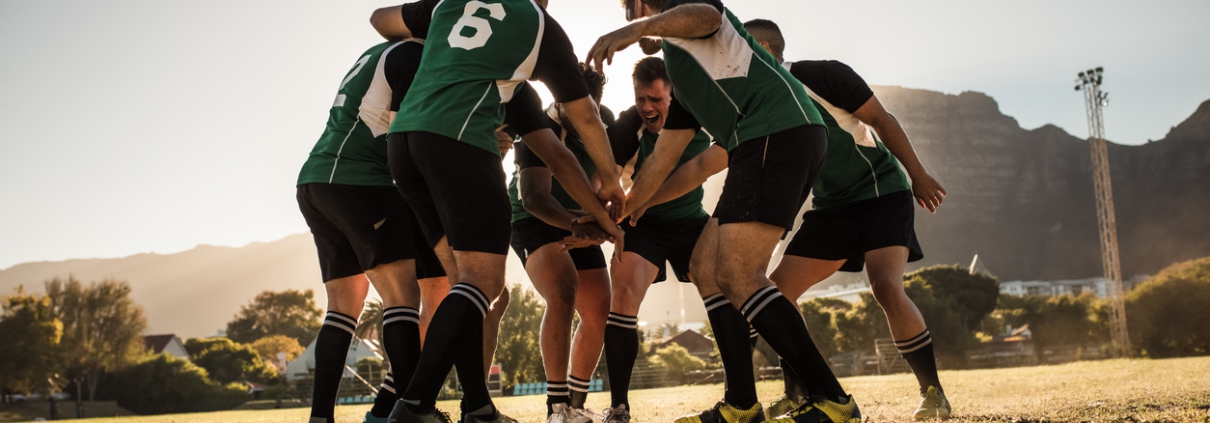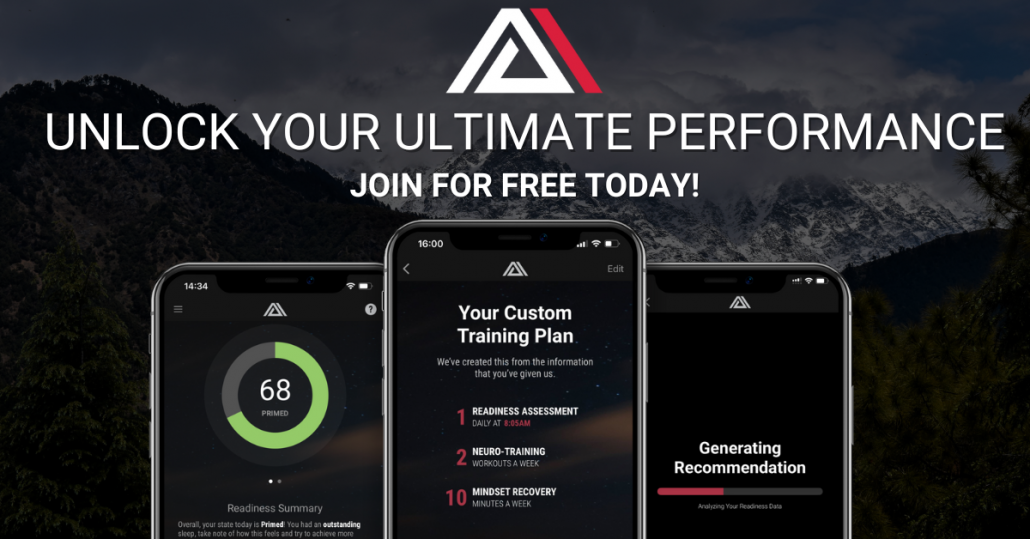What is the Most Effective Way to Provide Feedback to an Athlete?
Do you know how to provide effective feedback to an athlete? Here’s how.
How hard can it be to give feedback to your athletes? While it may be straightforward to identify what they are doing well and what they need to improve, communicating this feedback is a whole other game.
So it likely comes as no surprise that many coaches ask themselves the following question: what is the most effective way to provide feedback to an athlete?
The most effective way to provide feedback, based on current research, is to provide athletes with personalised feedback based on their current skill level.
For example, you wouldn’t provide constructive and very technical feedback to a beginner, much like you wouldn’t provide very basic feedback to an elite athlete.
This blog post explains why feedback is important and provides you with all the info you need to give effective feedback to your athletes.
Key takeaways:
- Provide your athletes with different types of feedback depending on their current skill level
- Evaluate athlete performance
- Balance objective and subjective feedback for the best results
Why is feedback important?
As a coach, your job is to teach and mentor your athletes to improve their performance. But providing feedback is not as simple as saying what an athlete is doing well, and what they can improve. It’s a little more complicated than that.
Related: What Separates a Good Coach From a Great Coach?
Feedback and coach-to-athlete communication play a pivotal role in the development of an athlete’s ability.
If you provide feedback correctly, you’re more likely to see rapid improvements in technical skill, coordination, and overall performance training. It’s less of “stop doing that,” and more of “why don’t you try this instead.”
One way to provide the most effective feedback to an athlete is to follow the skill training communication model—but more on this shortly.
“A coach is someone who can give correction without causing resentment.” — John Wooden, Basketball Coach.
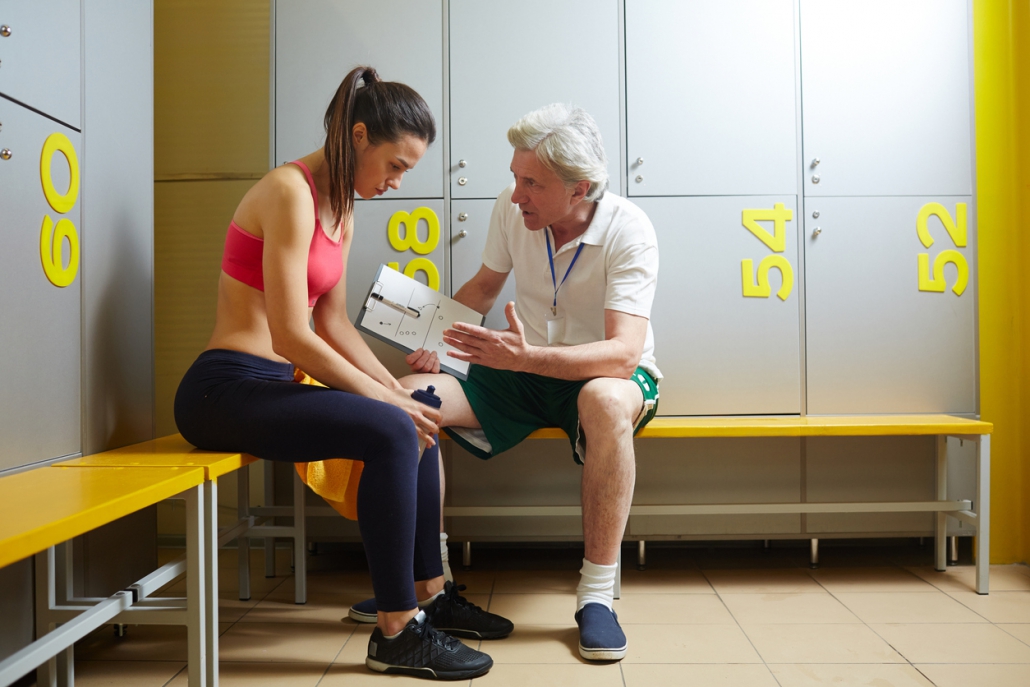
How do you give feedback to an athlete?
When giving feedback, common instructions might include phrases such as, “arms high,” “focus on the ball,” or “drive your knees forward.”
But instead of providing basic instructive feedback to all athletes, you should provide a certain type of feedback to your athletes based on their skill level.
This type of feedback is much more personalised, and can be adapted easily to the skill of your athletes.
Use the skill training communication model
The skill communication model takes into account the athlete’s skill level to determine which type of feedback to provide [2].
Many coaches make the mistake of providing the same coaching and feedback to all athletes. And at first glance, it makes sense — it’s easy to do, and all athletes are looking to improve. So why wouldn’t you?
But instead of providing all athletes with the same or similar feedback, you should tailor your feedback approach to their skill level.
For instance, athletes who are beginners to the sport — in the coordination training phase — may be better suited to general trial and error, learning basic coordination and movement before more technically demanding skills.
Examples of feedback for beginner athletes include:
- “Can you pass the ball to the next free player in front of you right after receiving it?”
- “Try different ways of throwing the ball to pass it to your teammate behind the defender.”
- “Attack the ball by diving into it like superman”
Rather, athletes who have more experience and are competing at a high level, perhaps dealing with intense pressure, may benefit more from direct, or instructional feedback from a coach.
Examples of direct feedback you can provide your athletes include:
- “Try both legs to carry equal weight. Then move arms and hands together in one unit, while keeping the wrists solid.”
- When the pitcher’s front foot plans, look at the arm position and the way the shoulder turns.”
The previous examples of effective athlete feedback were taken directly from the skill training communication model.
And athletes who fall into the “skill adaptability training” category — that is, athletes still developing skills but also involved in competition — are more likely to benefit from a wider range of feedback methods. You can view all recommended feedback methods here.
Furthermore, it’s thought that athletes in the “skill adaptability training” phase will benefit from competition at a higher level, but at the right times and in small doses. For instance, asking a younger (or less experienced) athlete to sit on the bench during a competitive game.
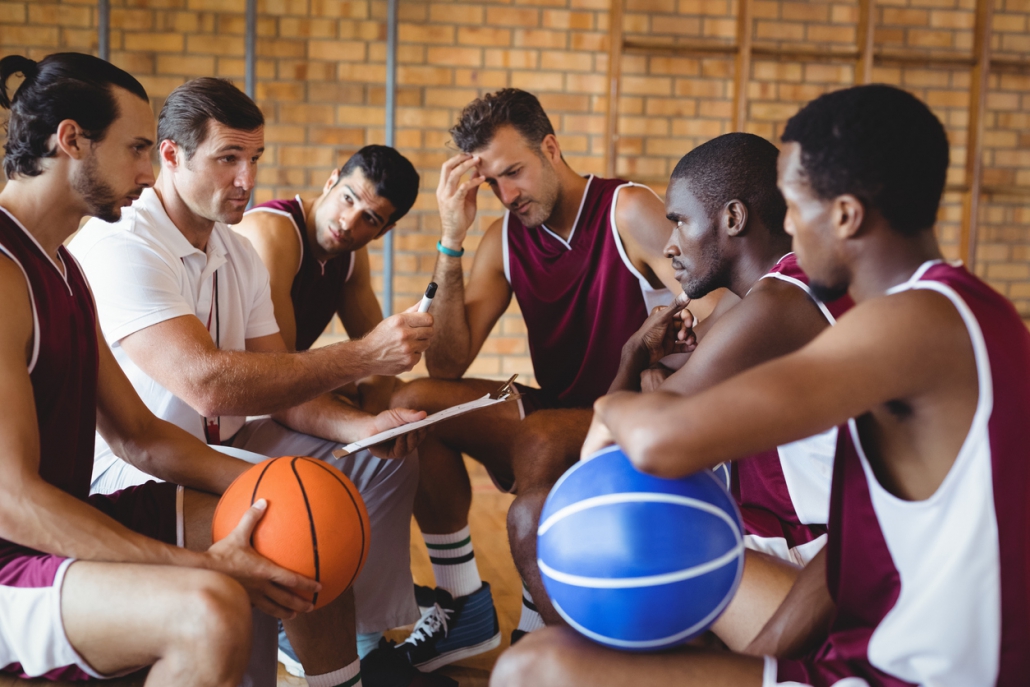
What is the best way to evaluate athlete performance?
Evaluating athlete performance is a necessary part of providing feedback. The better you understand what an athlete is doing right (and what can be improved), the easier it is to provide the right type of feedback.
So what is the best way to evaluate athlete performance? You can try:
- Live athlete feedback (part of the skill training communication model)
- Prioritise objective feedback
Continue reading to see how you can approach each athlete’s feedback evaluation method.
Live athlete feedback
Live athlete feedback is a collaborative effort between the coach and the athlete.
Instead of telling the athlete what they should do differently, you can sit down with them and show a recording to demonstrate your point better.
This type of evaluative feedback can be both positive and constructive.
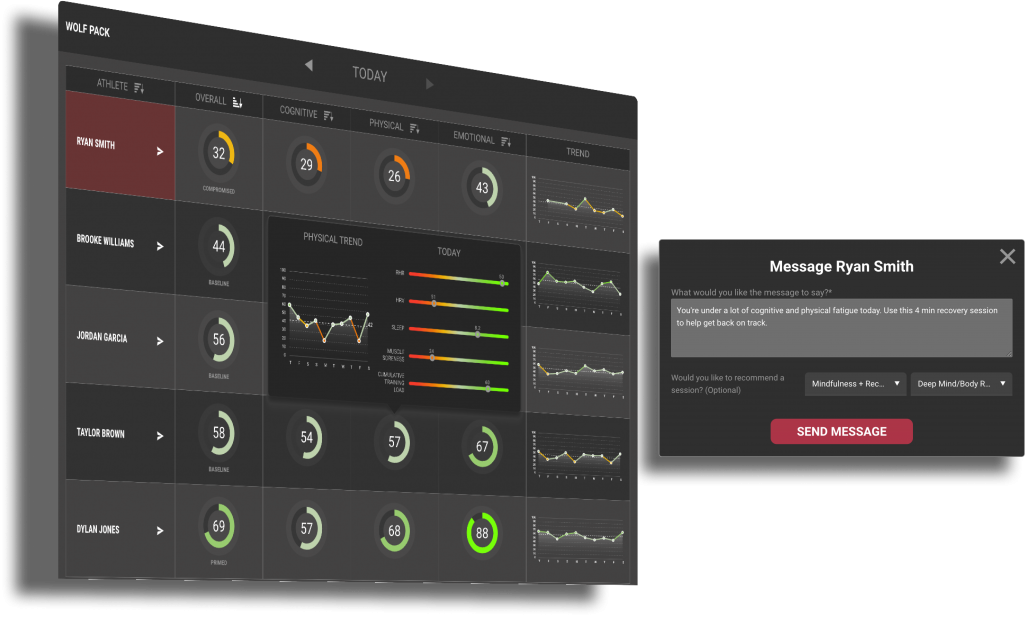
Provide a healthy balance of subjective and objective feedback
Subjective feedback is how an athlete (and the coach) feels — how did the performance go? Objective feedback is based on data — how fast did you run, what was your heart rate, maximum watts, or finishing position?
While it’s easy to prioritise objective feedback (thanks to the abundance of data available), athletes and coaches should adopt a balanced approach of objective vs subjective feedback [1,3].
A great example of combining the two approaches is live athlete feedback, as previously stated. You can assess both objective (what you see on the screen) and subjective (how the athlete felt and how the coach responded) feedback.
Rewire for teams & coaches
Find out how Rewire can help improve your coaching approach by providing you with valuable feedback, including how well-rested and ready for training your athletes are — we call this “the readiness score.”
With this data, you can make smarter training and recovery decisions, tailoring your coaching to each athlete. Pair this with the best feedback types for the athlete’s skill level, and you’ve got a framework for success.
“The athletes using Rewire so far are loving it and its improved communication and awareness around readiness. The fact that cognitive toll is accounted for athletes with busy work lives means that we capture a broader holistic understanding of fatigue and where it’s coming from.”
— Bevan McKinnon (Head Coach Fitter Coaching (Triathlon)
Find out more about Rewire for teams
References:
- Montull, L., Slapšinskaitė-Dackevičienė, A., Kiely, J., Hristovski, R. and Balagué, N., 2022. Integrative proposals of sports monitoring: Subjective outperforms objective monitoring. Sports medicine-open, 8(1), pp.1-10.
- Otte, F.W., Davids, K., Millar, S.K. and Klatt, S., 2020. When and how to provide feedback and instructions to athletes?—How sport psychology and pedagogy insights can improve coaching interventions to enhance self-regulation in training. Frontiers in Psychology, 11, p.1444.
- Saw, A.E., Main, L.C. and Gastin, P.B., 2016. Monitoring the athlete training response: subjective self-reported measures trump commonly used objective measures: a systematic review. British journal of sports medicine, 50(5), pp.281-291.
